Currently, many large enterprises are investing in the Vietnamese animal feed industry, earning 850 million USD in exports in October this year. But the 'paradox' is that Vietnamese livestock farmers still face difficulties, buying animal feed at expensive prices.
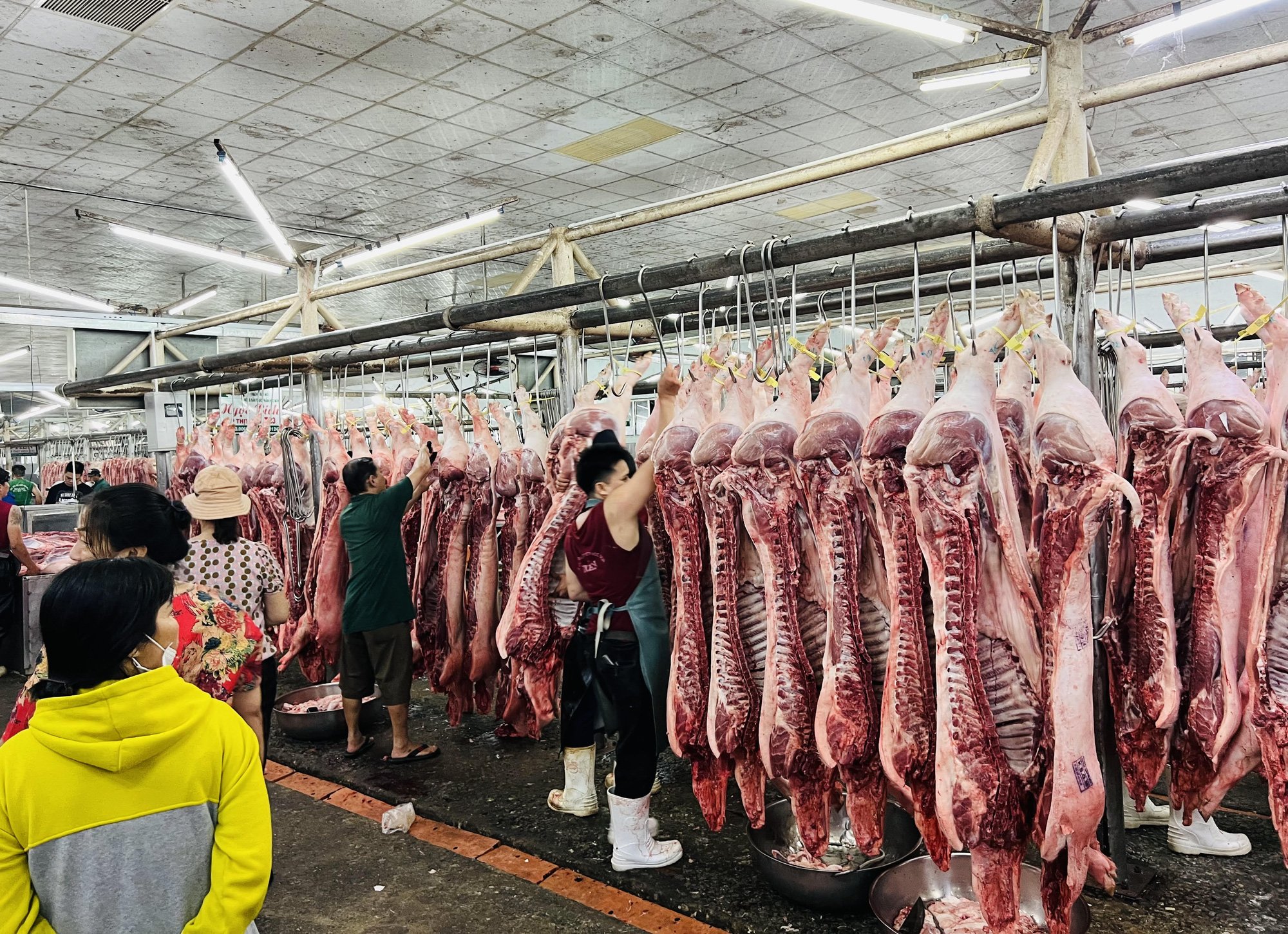
The demand for livestock products such as pork, chicken, eggs... is increasing, so the Vietnamese market has great potential for businesses to invest in the animal feed industry - Photo: THAO THUONG
According to a report by market research firm Mordor Intelligence, the size of Vietnam's mixed animal feed market is expected to increase from more than 11.5 billion USD in 2023 to 15.3 billion USD in 2028.
While farmers are struggling because of high animal feed prices, the animal feed production industry is a lucrative business, bringing in a lot of profit for businesses.
China is the biggest buyer of Vietnamese animal feed
Animal feed plays an important role in Vietnam's livestock sector. According to the Ministry of Agriculture and Rural Development, Vietnam needs 32-33 million tons of various types of animal feed each year. In addition to spending money (about 3 billion USD) to import this product, the industry also aims for export.
According to statistics from the General Department of Customs, animal feed and raw material exports in October 2024 brought in more than 97 million USD, a sharp increase of more than 22% compared to the previous month. In the 10 months, this item earned more than 850 million USD, down 16% compared to the same period in 2023.
In terms of market, China is still the "big brother" in consuming Vietnam's animal feed and raw materials, with a turnover of more than 336 million USD in 10 months (down 32% compared to the same period in 2023).
After the billion-people market is the US market, with a turnover of more than 111 million USD, up 55% over the same period. Cambodia is the third largest export market, reaching more than 107 million USD.
Demand always exceeds supply, a long-term delicious "pie"
According to VIRAC - a market research unit - the Vietnamese animal feed market is attracting many businesses to participate. These giants are merging and acquiring domestic aquaculture and poultry feed manufacturers.
Some of the names that can be mentioned are Cargill Group (USA), Haid (China), CP Group (Charoen Pokphand Group - Thailand), De Heus (Netherlands), BRF (Brazil), Mavin (France), Japfa (Singapore), CJ (Korea)...
In particular, the leader in the animal feed market in Vietnam with 16 factories, billion USD in revenue, accounting for 25% of the total animal feed production in Vietnam is CP Vietnam. Second is De Heus Vietnam (under the Royal De Heus Group, Netherlands) with 23 animal feed factories), and third is Cargill with a system of 11 factories.
On December 4, talking to a female marketing director of a seafood and animal feed corporation, she said that in the context of domestic supply not being enough to meet the increasing demand of the market, this is the key to turning Vietnam into an attractive destination for global animal feed manufacturers.
"Increasing the proportion of livestock in agricultural output, increasing demand for food products and products from large-scale livestock farming, or applying closed, hygienic livestock farming methods... are important factors promoting the domestic animal feed market," he said.
In fact, Vietnam has the 5th largest pig herd in the world in terms of head and 6th in terms of output; the top poultry herd in the world...
According to the leader of the Department of Animal Husbandry, Ministry of Agriculture and Rural Development, it is not by chance that businesses invest capital and open animal feed factories in Vietnam.
The leader of the Department of Animal Husbandry said: "In addition to meeting the demand for meat, eggs, and milk for nearly 100 million people in the country, we also have plans to export livestock products and Vietnam is a potential market to attract large foreign enterprises.
But there is a big problem in the animal feed industry, high prices are also heavily dependent on imported raw materials. Vietnam imports corn bran and soybeans. While 1kg of corn costs only 8,000 VND, and 1kg of rice costs about 12,000 VND, it is clear that importing raw materials has solved the economic problem.
Not to mention the fluctuations in transportation costs, the increase in imported raw material prices has increased pressure on final selling prices, the livestock industry is still facing difficulties. Among many solutions to overcome difficulties, state agencies still encourage self-sufficiency in production materials and locally available feed...".
Many foreign businesses are expected to come to Vietnam to increase supply.
Currently, the number of animal feed factories is also growing strongly in both quantity and capacity. In 2019, Vietnam had only 261 factories with a production output of 18.9 million tons; by 2023, there will be 294 factories with an output of 20 million tons. Of which, FDI enterprises account for about 60%, domestic enterprises about 40% in terms of production output.
Recently, the US Department of Agriculture (USDA) forecasted that the demand for animal feed will increase in Bangladesh, as large poultry farms expand their operations. In the future, many foreign businesses will look to Vietnam to increase their supply.
Source: https://tuoitre.vn/nhieu-dai-bang-rot-von-vi-sao-nong-dan-viet-nam-van-gap-kho-voi-thuc-an-chan-nuoi-2024120411545739.htm


![[Photo] General Secretary To Lam receives Russian Ambassador to Vietnam](https://vstatic.vietnam.vn/vietnam/resource/IMAGE/2025/4/2/b486192404d54058b15165174ea36c4e)
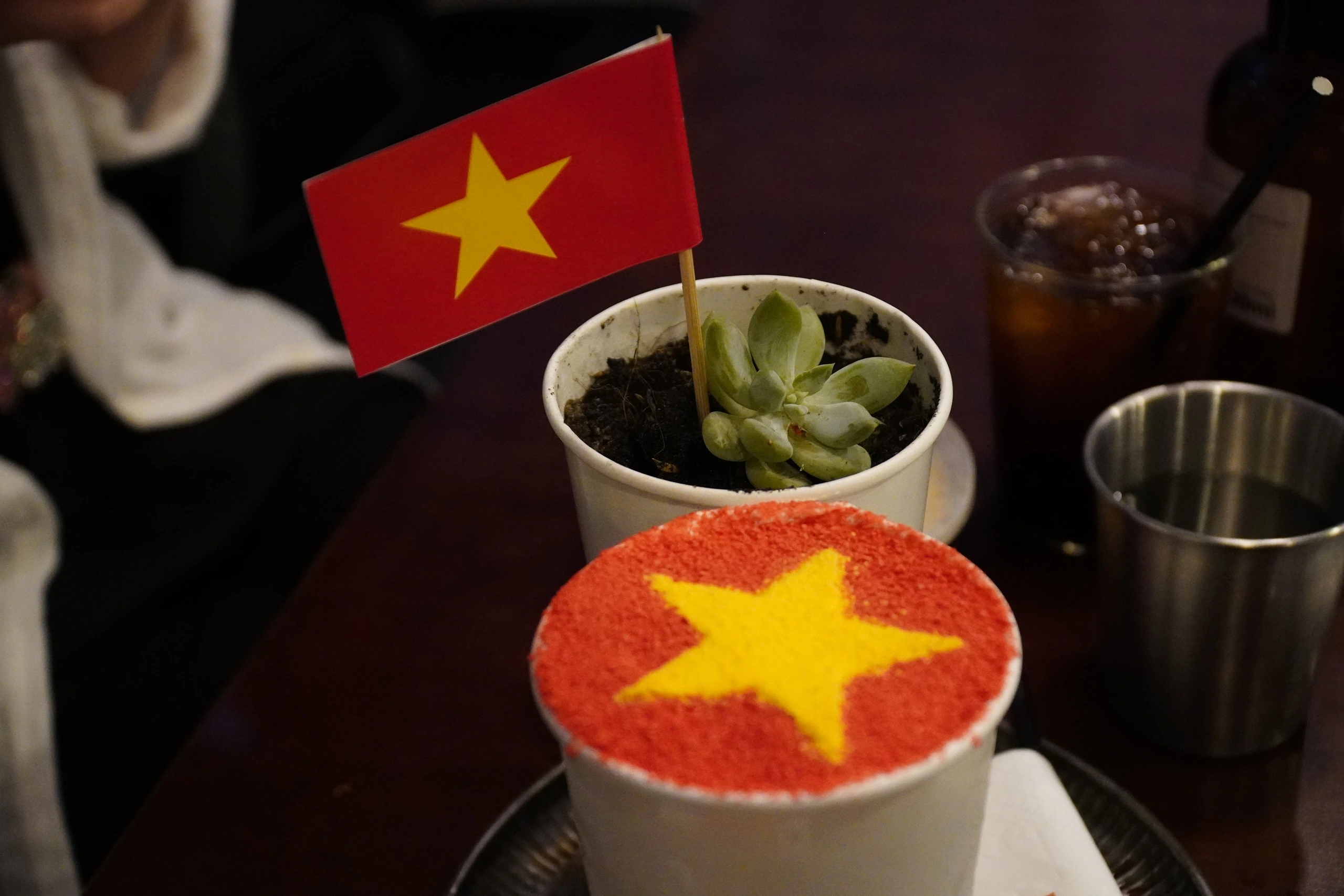

![[Photo] Prime Minister Pham Minh Chinh receives Deputy Prime Minister of the Republic of Belarus Anatoly Sivak](https://vstatic.vietnam.vn/vietnam/resource/IMAGE/2025/4/2/79cdb685820a45868602e2fa576977a0)

![[Photo] Prime Minister Pham Minh Chinh receives CEO of Standard Chartered Group](https://vstatic.vietnam.vn/vietnam/resource/IMAGE/2025/4/2/125507ba412d4ebfb091fa7ddb936b3b)


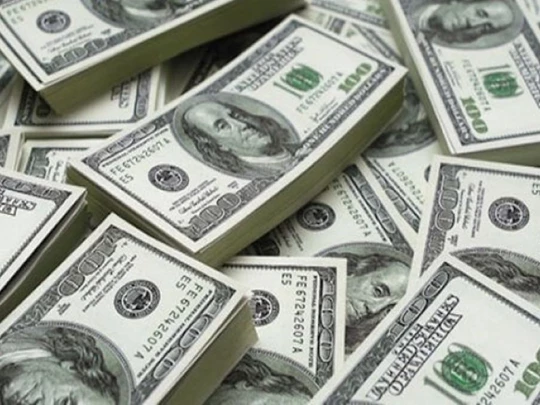
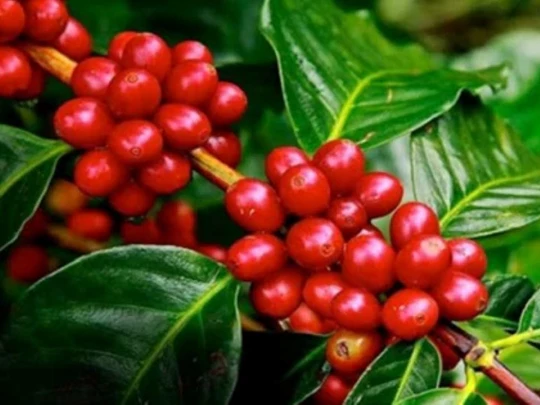
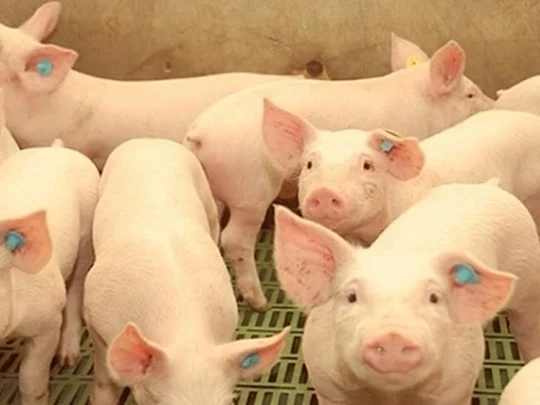

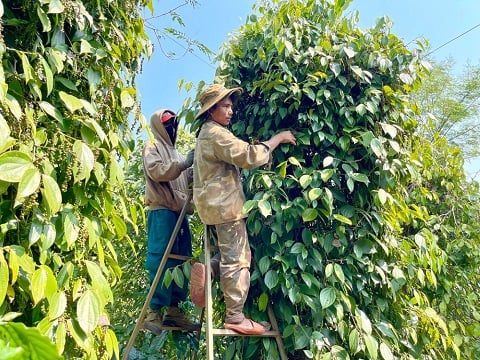



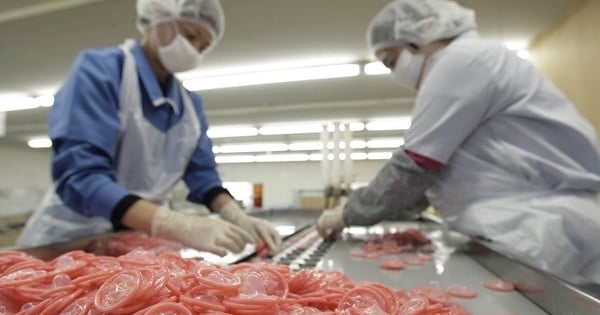
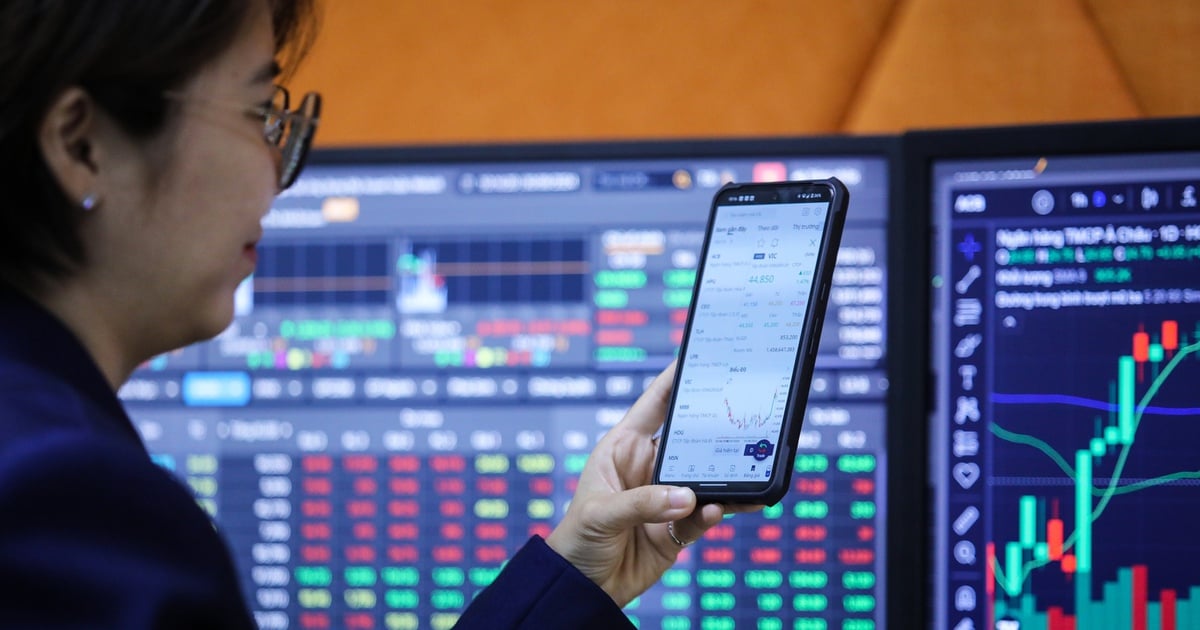
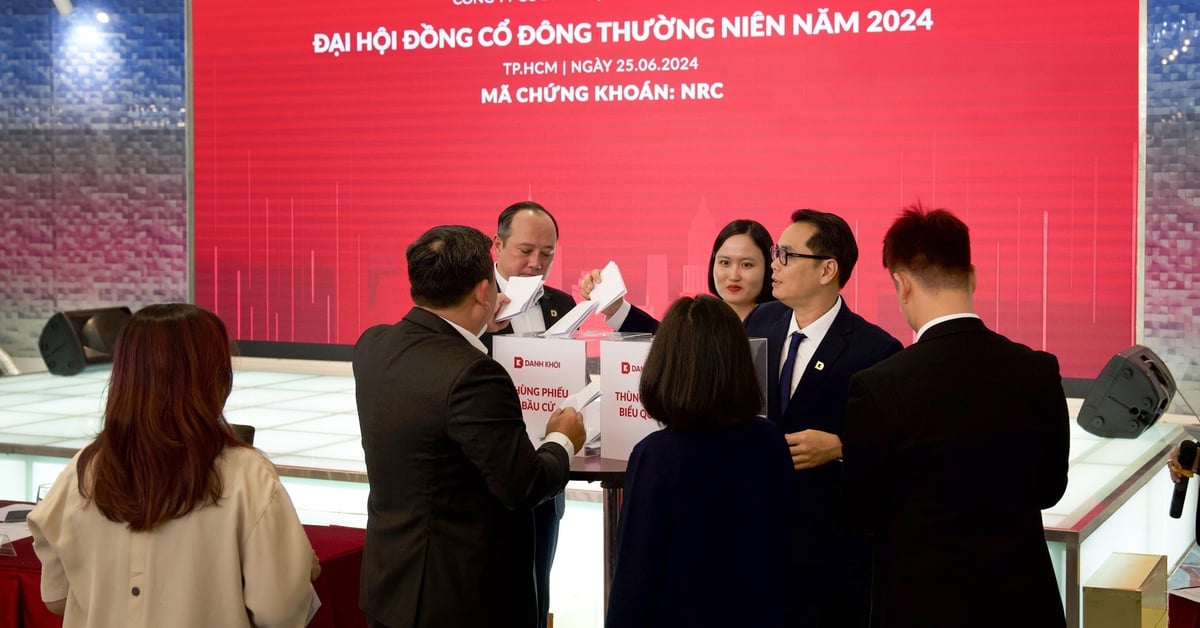




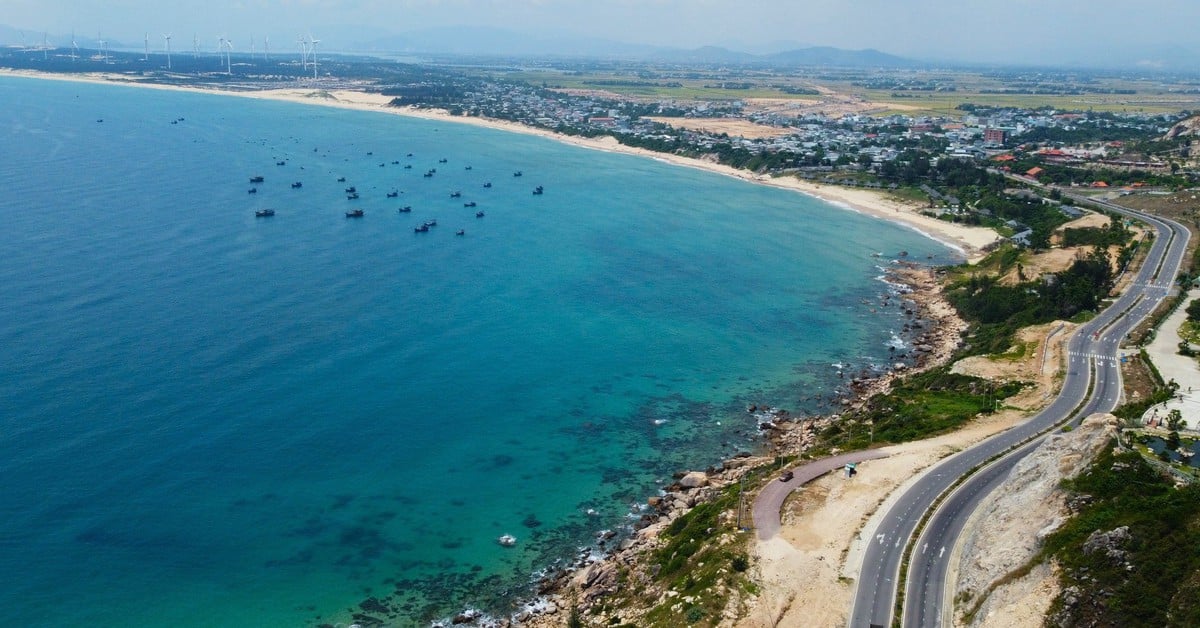


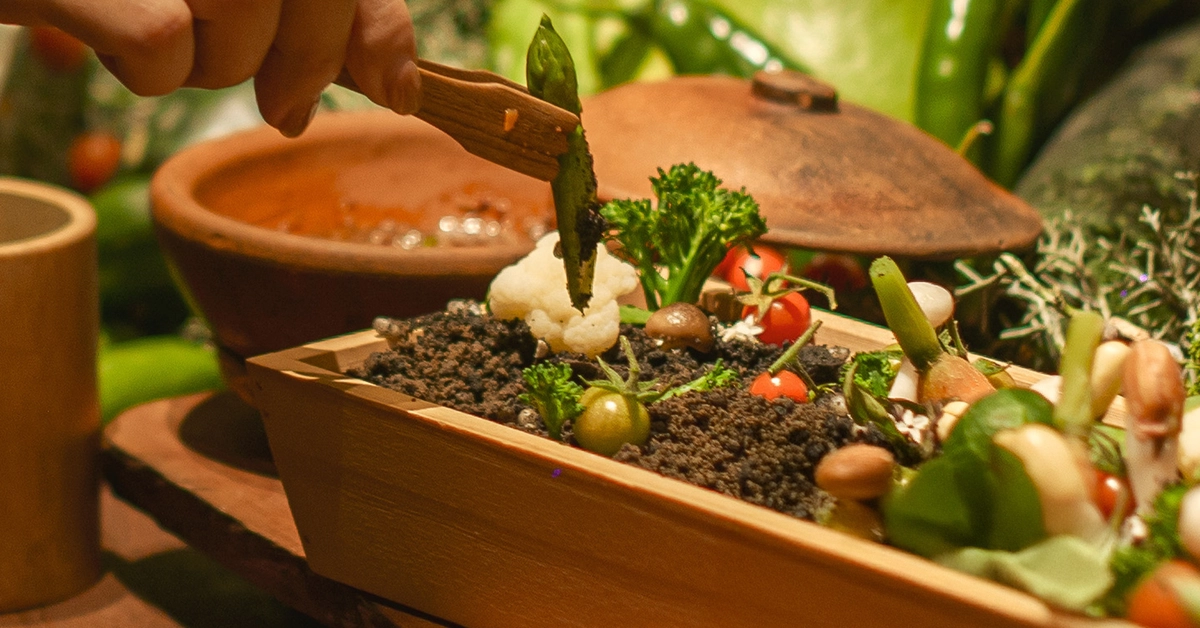
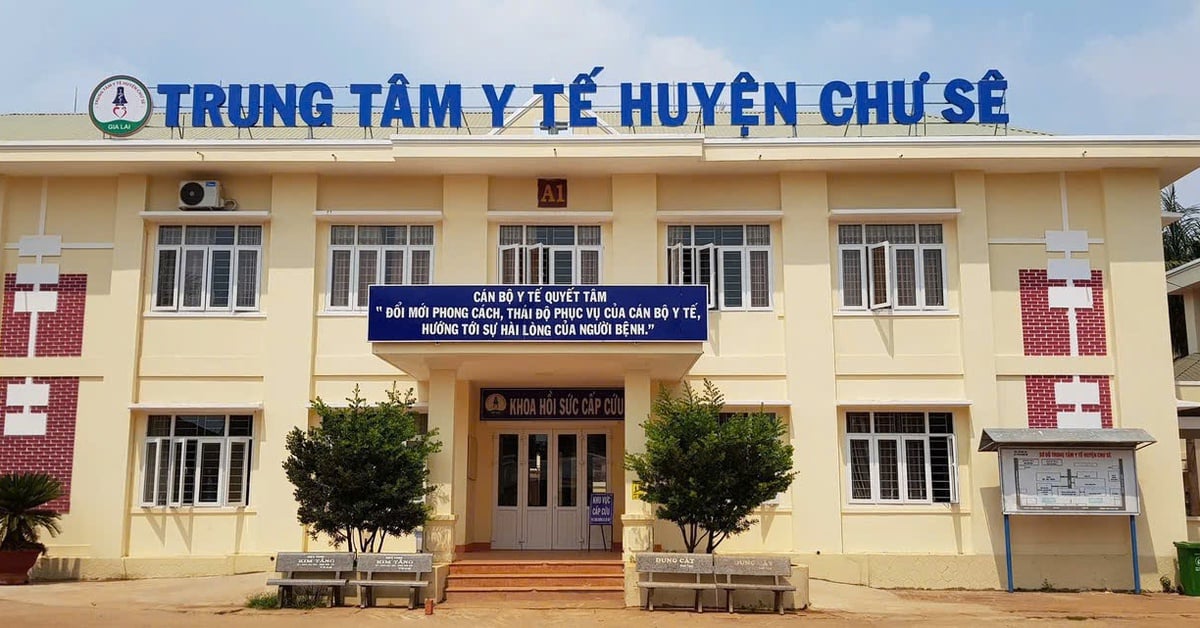















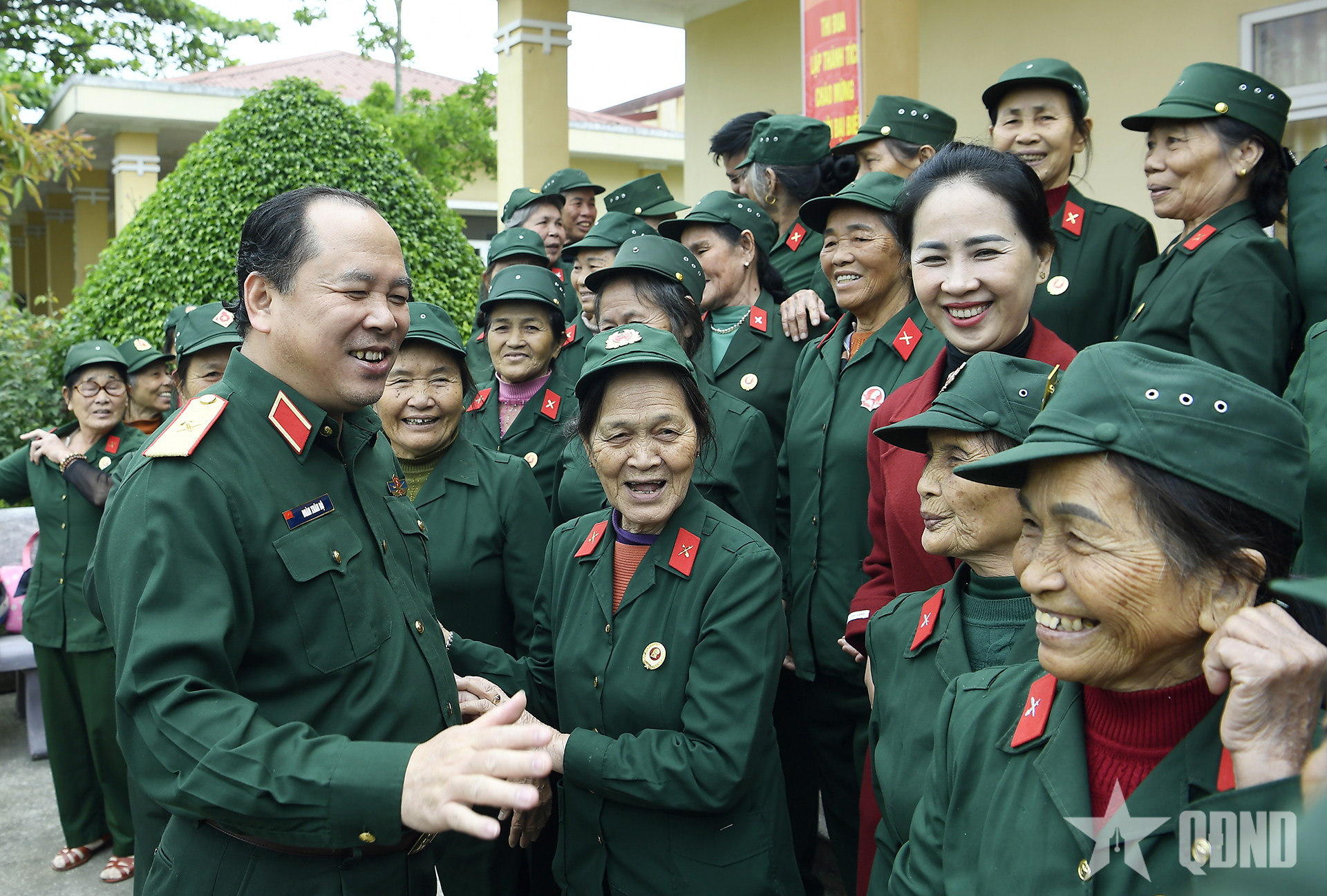
















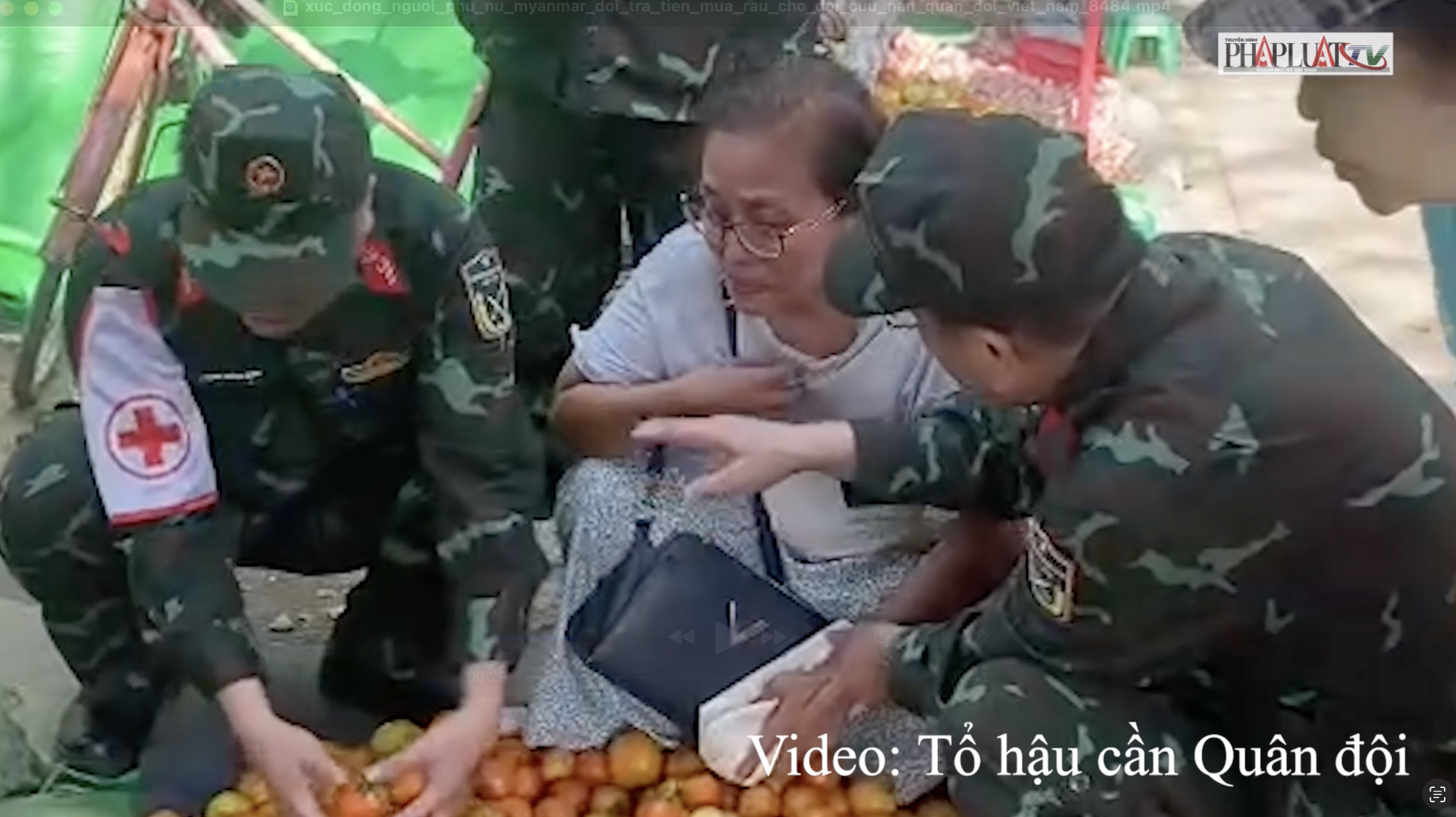









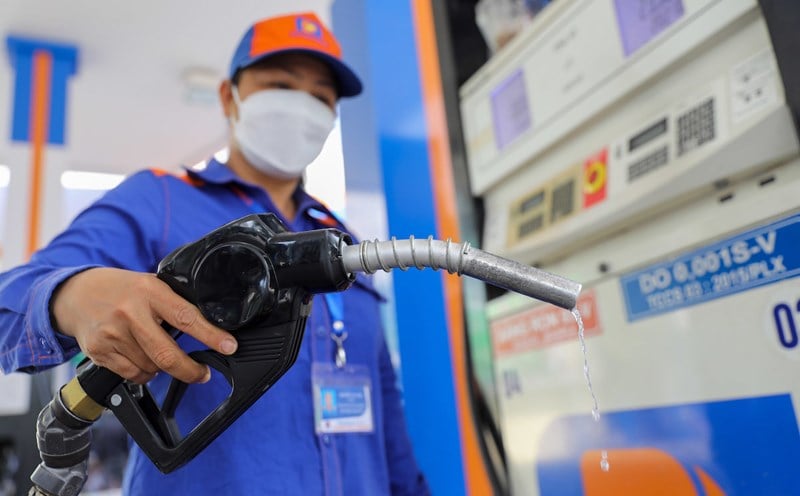

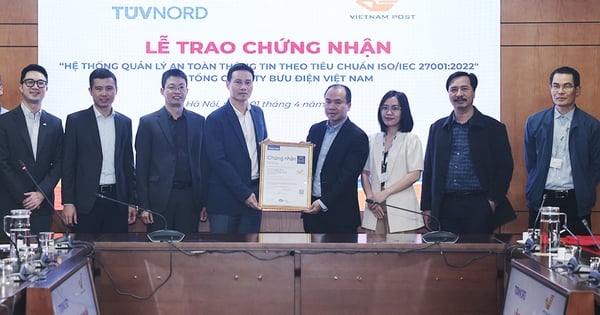




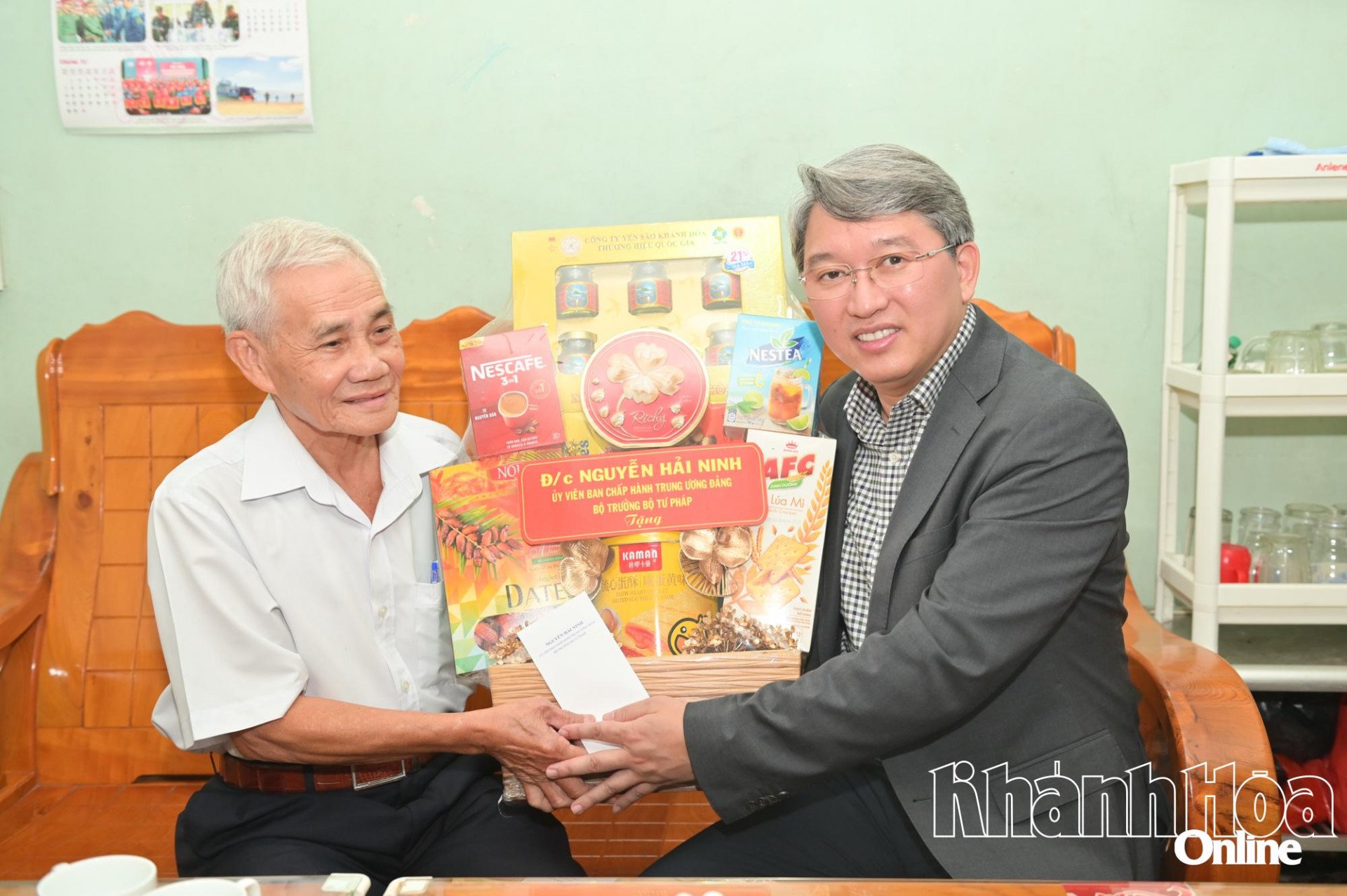
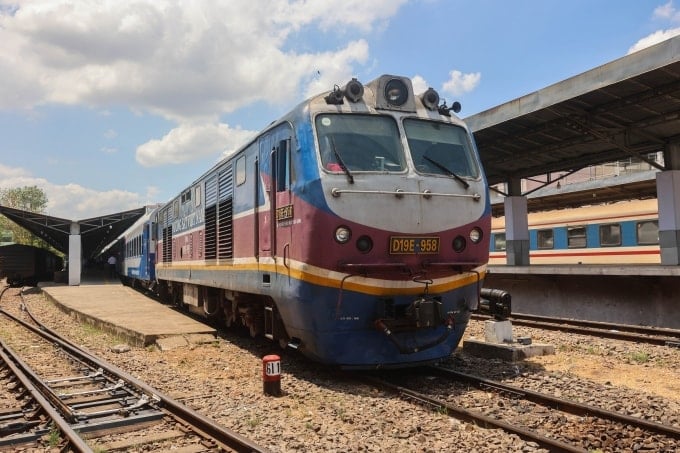

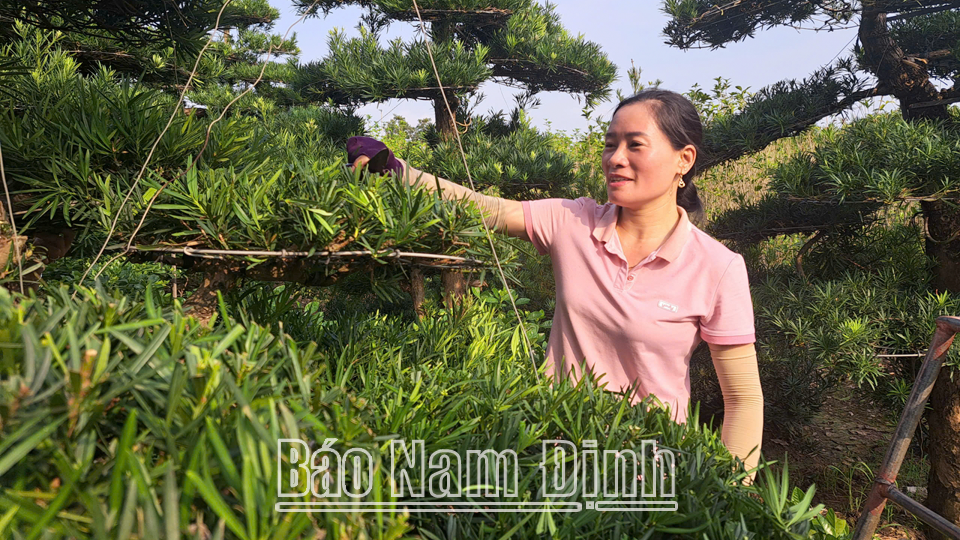
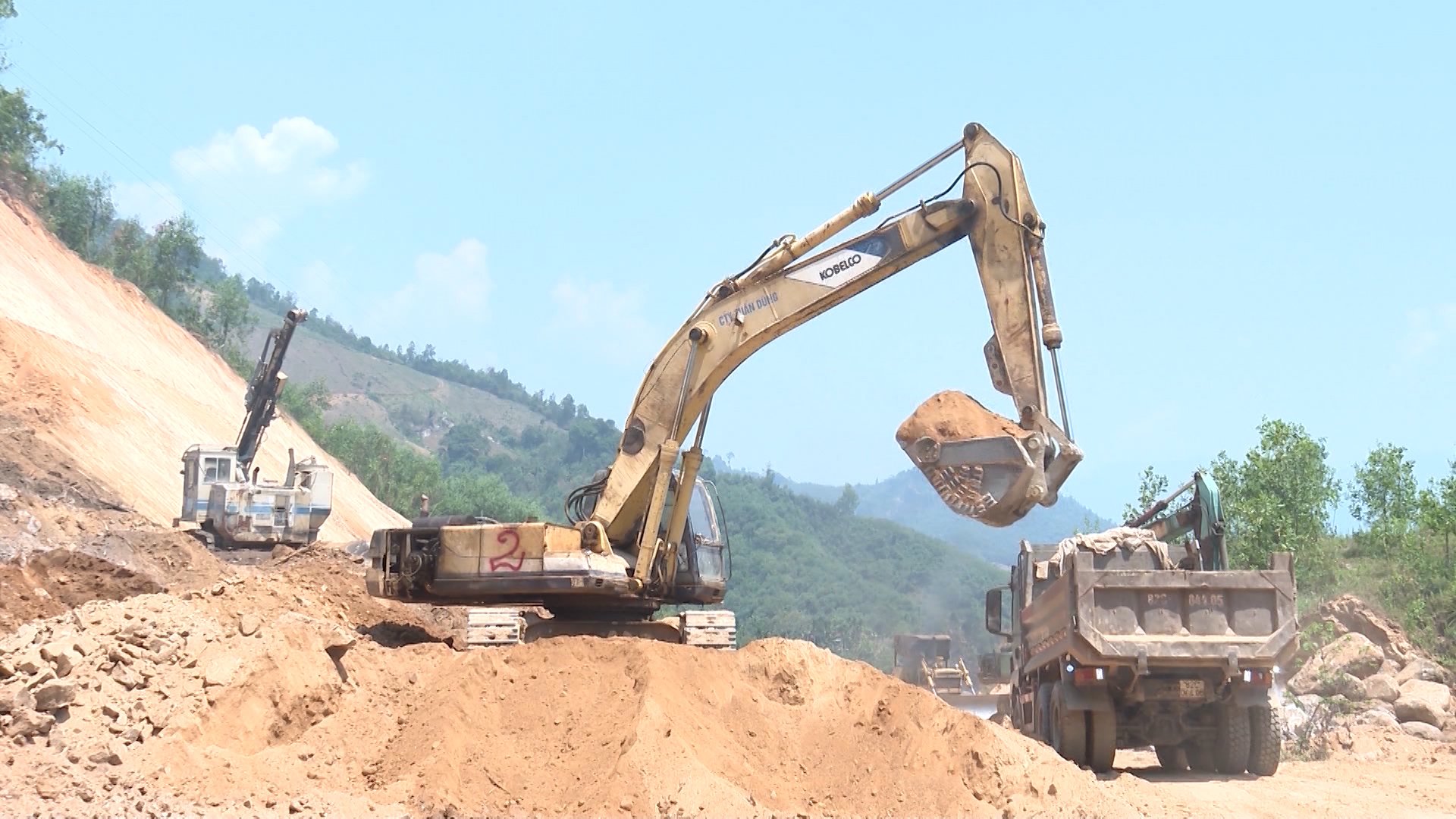







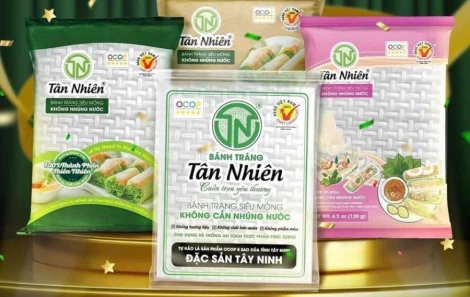





Comment (0)